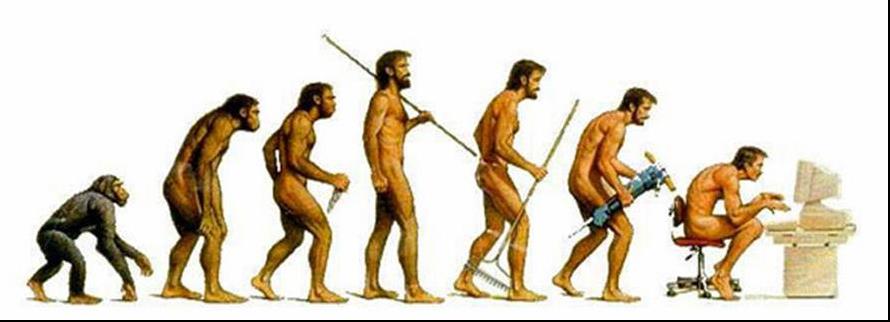
BAD BITE!!!
2월 1, 2023
In order to improve the misalignment of the upper jaw!!
2월 1, 2023Posture Change With Age
Posture Change With Age
A friend recently asked me if it was normal to become less upright as one ages. The answer is yes, we can expect to be more stooped as we age. We also can expect to lose height and change our gait (walking.) From about age 30 onward, there are gradual changes that take place in men and women. Height is lost in all men and women as they age. On average a person will lose about half an inch of height every 10 years from their peak height. The loss in height becomes more pronounced after age 70. All of this is normal aging.
Why Does Our Posture Change With Age?
There are several factors that predispose us to have altered posture as we age and each will be considered. But before mentioning each factor, it is important to know that our bones, muscles and joints are all part of the musculoskeletal system that defines our posture. The backbone or vertebral column is made up of the bones (called vertebra), joint-like spaces called intervertebral discs, and muscles. Age has a pronounced effect on all three and over time the back tends to curve forward resulting in an increasingly stooped posture.
Osteopenia and osteoporosis are medical terms that mean loss of bone density — little to more, respectively. There is loss of calcium in the bones and this produces the loss of density. This begins in women at menopause and in men around age 65. There can be slight reduction of size of less dense bones in the spine that could contribute to posture.
The major factor that contributes to spinal curvature is the change in the intervertebral discs. Between each vertebra there is a gelatin-like cartilage that separates the vertebra. With age, these discs harden and lose flexibility with the inevitable result of compressed total length of the spine and a forward tilt called kyphosis. These aging changes together are called senile kyphosis and are considered a normal part of aging.
Muscle mass also changes with age with a process called sarcopenia. Muscles shrink and may be replace by fat and/or fibrous tissue either of which weakens the muscle. The loss of muscle strength with age contributes to the curvature of the spine.
Another factor that influences statue is the change from a lean body to one with more fat. This process begins at age 30 in both genders. The fat tends to be concentrated at the waist. Men tend to gain weight until about age 55 and women 65. The redistribution of weight contributes to the changes in the spine.
Some of the pathologic processes that can occur with the normal aging are fractures of the bones and arthritis that make the bones and discs more rigid, curved and painful.
**Posture Change With Age!!
Cranial distortion???
When the skull is misaligned, all the muscles fall down and twist. However, if you do cranial osteopathy or mcb splint treatment to make all the skull bones move well, all the muscles will no longer fall down and go up. If you press the side of your right thigh with two fingers and slide it down, you can see the feeling of being pushed down slightly in the middle of counting the number 1 2 3 4. If you feel a push when you count to two, all your muscles are going down fast. At this time, when you close your teeth, if it falls off when counting 1, you are in a distorted position on your lower jaw. Each time you make contact with your teeth, your body will twist and bend more quickly.
No matter what kind of treatment you have received, if anyone has a muscle that does not fall down anymore and rises when lifted up, please reply below.
